As we evolved into the human beings we are today, we often forget how crazy it is that we’re here. Our family line somehow survived for us to be born in spite of some incredible odds. There are so many things that could have ended the lives of our ancestors, from wars to horrific diseases. Thus, we shouldn’t forget just how lucky we are to be alive. However, there is a dark side of human evolution that we cannot ignore. Many of us prefer that people overlook our past and judge us by our present-day version. When it comes to ancient civilizations though, we cannot turn a blind eye to some of the terrible things they did.
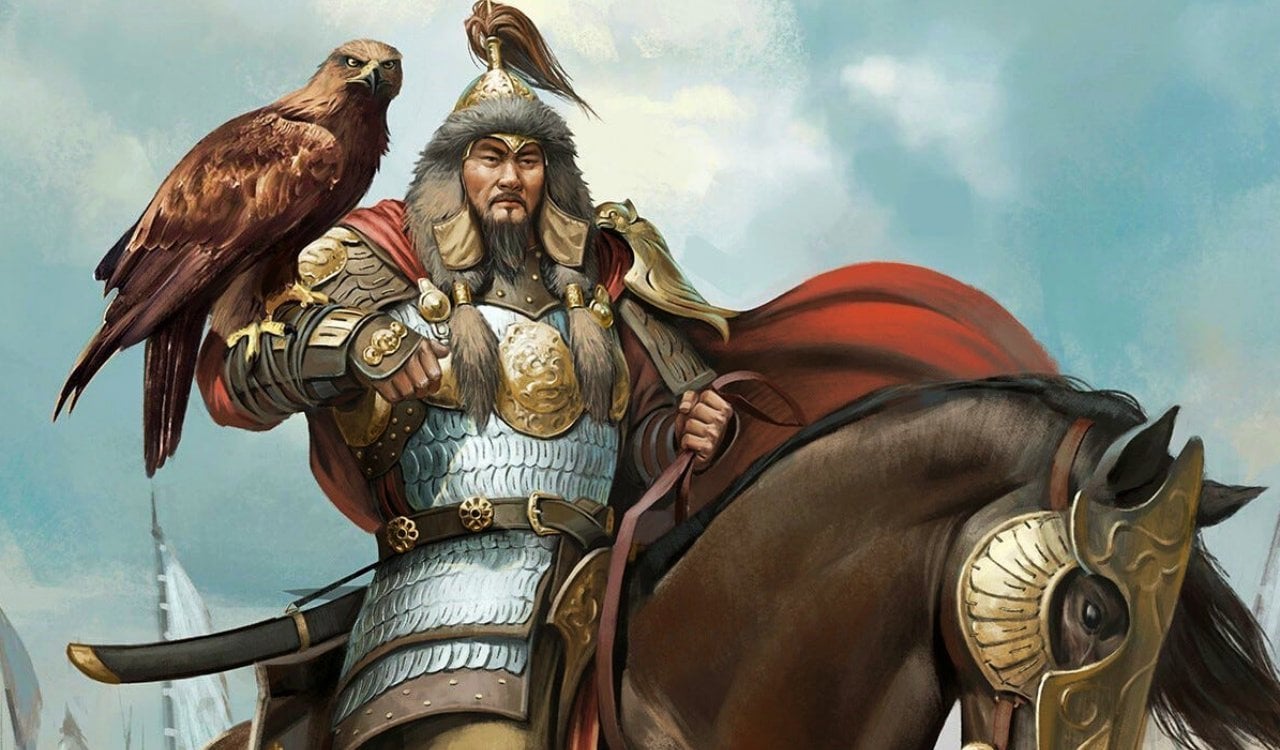
How Genghis Khan Changed Carbon Dioxide Levels In The Atmosphere
Hopefully, we all know who Genghis Khan is by now. The 13th-century warlord conquered half the world at one point. Under his leadership, the Mongols enjoyed a lot of success. While Khan was a man who loved conquering, he was also a ruler who allowed people to have freedom of religion. He also allowed them to keep many of their original practices. The Silk Road enjoyed massive success under his banner, leading to several new inventions and medical practices too. However, Khan and his armies were warriors who dominated everywhere they went.
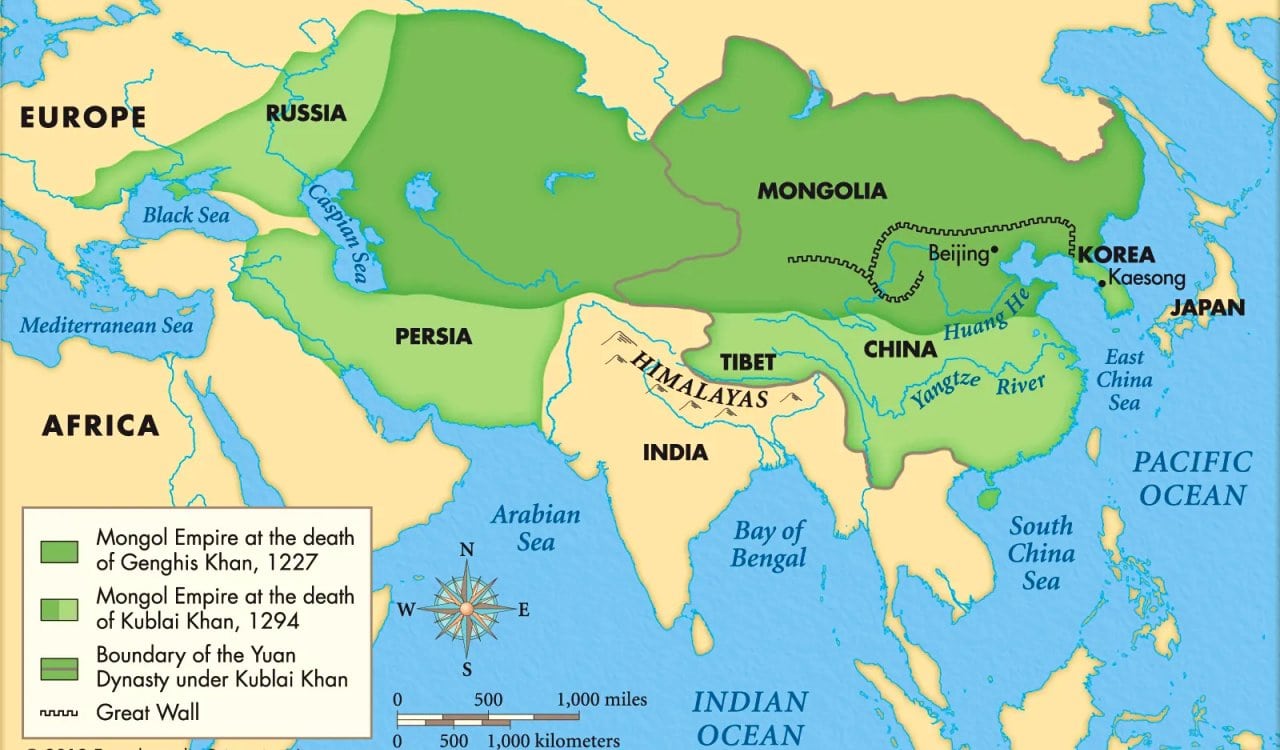

Wars & Violent Conflicts
Speaking of warriors, our ancestors regularly engaged in warfare with neighboring groups. This type of issue goes all the way back to the Neanderthal and Denisovan line of humans. We’ve been able to prove that too. Archeologists managed to uncover a person from 430,000 years ago that appears to have been murdered. This is right around the time of those two versions of the Homo Erectus line of humans. Our ancestors were usually always involved in some form of social group, even if it was on the smaller side. As this grew into small to medium-sized tribes, others would likely pop up nearby.


The Implementation Of Torture
Some still believe torture is a useful tool to get information out of someone. However, humans have gotten wise to this concept. While people used to tell someone whatever they wanted to know to stop the pain, others lied. This meant people realized the best way to get to someone was not by hurting them but by threatening those the person loves. You’d be surprised how many torture methods were used over the last few thousand years. Some of the most famous includes “the rack,” which was used to stretch a person out, often resulting in complete dislocations of the anatomy.

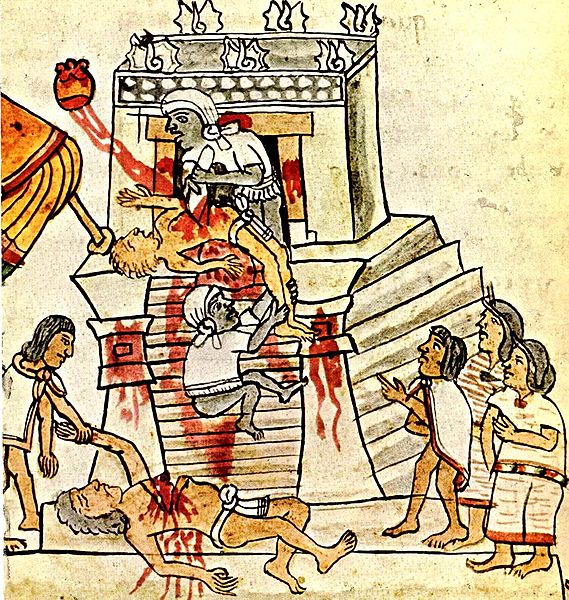
Human Sacrifice
You’d be shocked to find out how often human sacrifice happened in numerous cultures, and even how long it lasted. Of course, if you’ve taken any history class ever, it is likely you know some of the most notable sacrifices. In the Middle East, people used to sacrifice animals on a regular basis. Sometimes, it would be done daily while others would do this every week or every month. Some might sacrifice fruits or vegetables. All of this was usually done for a local God or Goddess. On occasion, Oracles would be given sacrifices as well as monarchs. However, human sacrifice was more common in the Middle Eastern nations several thousands of years ago.
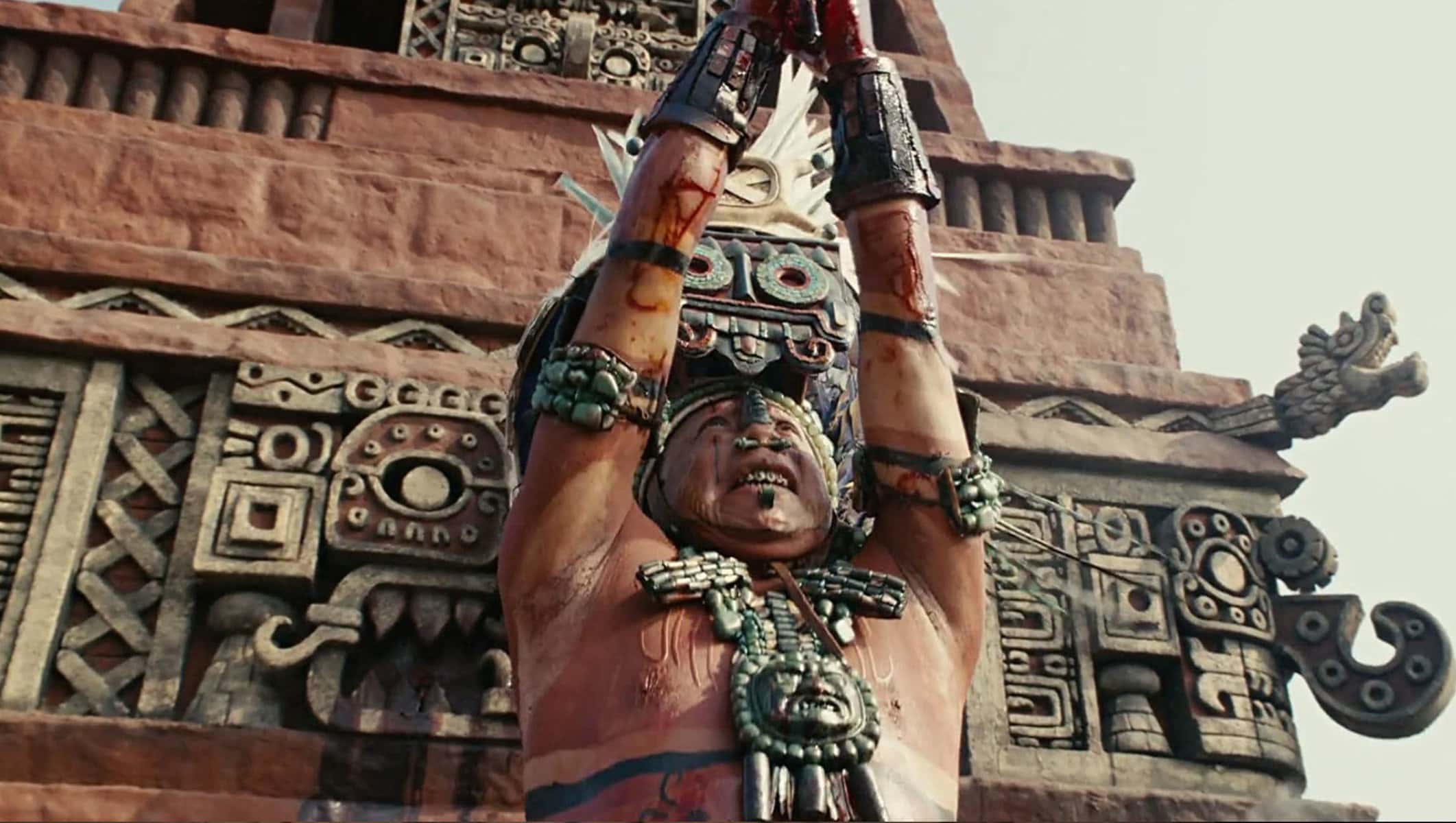
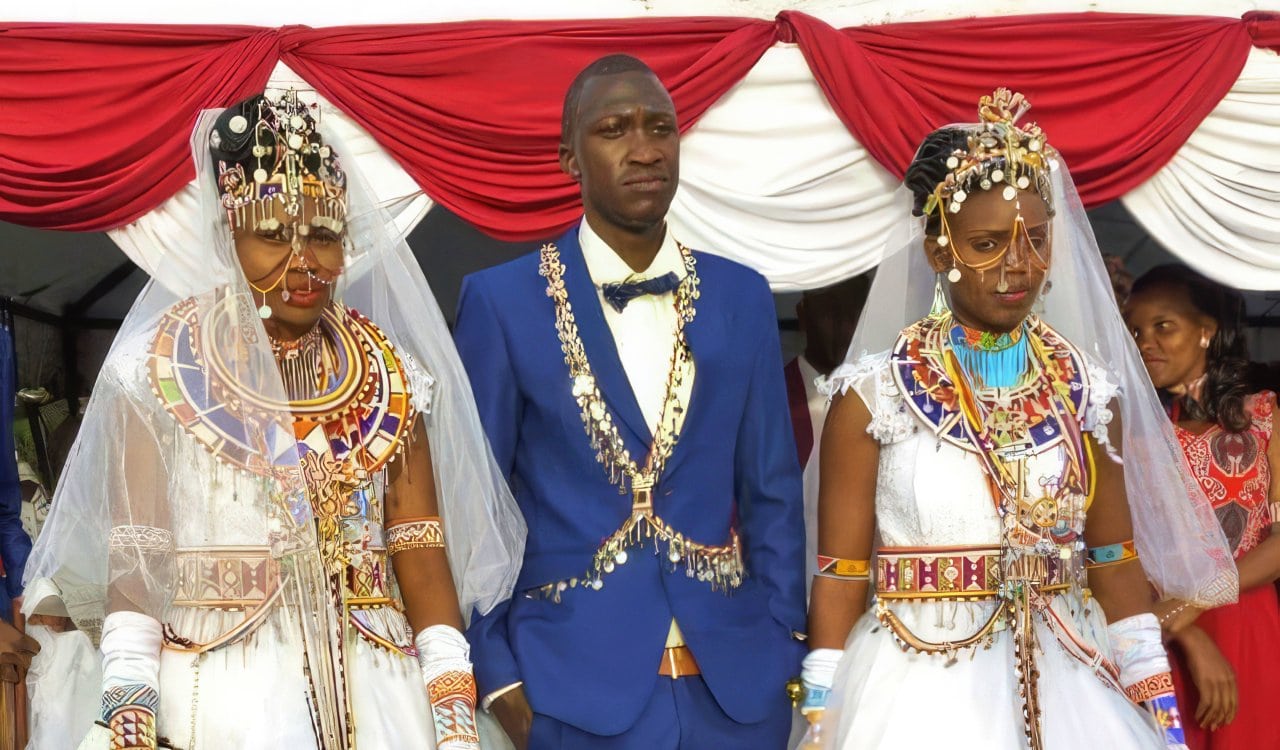
Polygamy
Polygamy, the practice of having multiple spouses, has indeed left a complex and controversial imprint on human evolution, often revealing a dark chapter in our history. Throughout the ages, various societies and civilizations have embraced polygamy, leading to profound social, psychological, and even biological consequences. Historically, polygamy has been intertwined with power dynamics and inequality, particularly in patriarchal societies. It often resulted in the concentration of power and resources in the hands of a few, leaving many individuals marginalized and disadvantaged. Ancient civilizations like ancient Mesopotamia, Egypt, and Rome, as well as certain Native American tribes, witnessed the institutionalization of polygamy, creating a hierarchical structure where a select few held significant influence and control. This concentration of power often resulted in the subjugation and mistreatment of women, who were treated as property and denied agency and autonomy.


Humanity’s Impact On The Environment
While Genghis Khan might have helped the environment a bit through his deadly tactics, humanity hurt it more. Of course, our impact on the environment is not just the present-day toxins we put in the air from driving, using lawnmowers, etc. We have been hurting the environment for a much longer period of time. We can go back to the Industrial Revolution in Europe, which would eventually make its way to the United States. During this time of great invention and even economic prosperity for several, we saw factories put a ton of horrible junk into the atmosphere. We did not realize how much of an impact we were making at the time sadly.
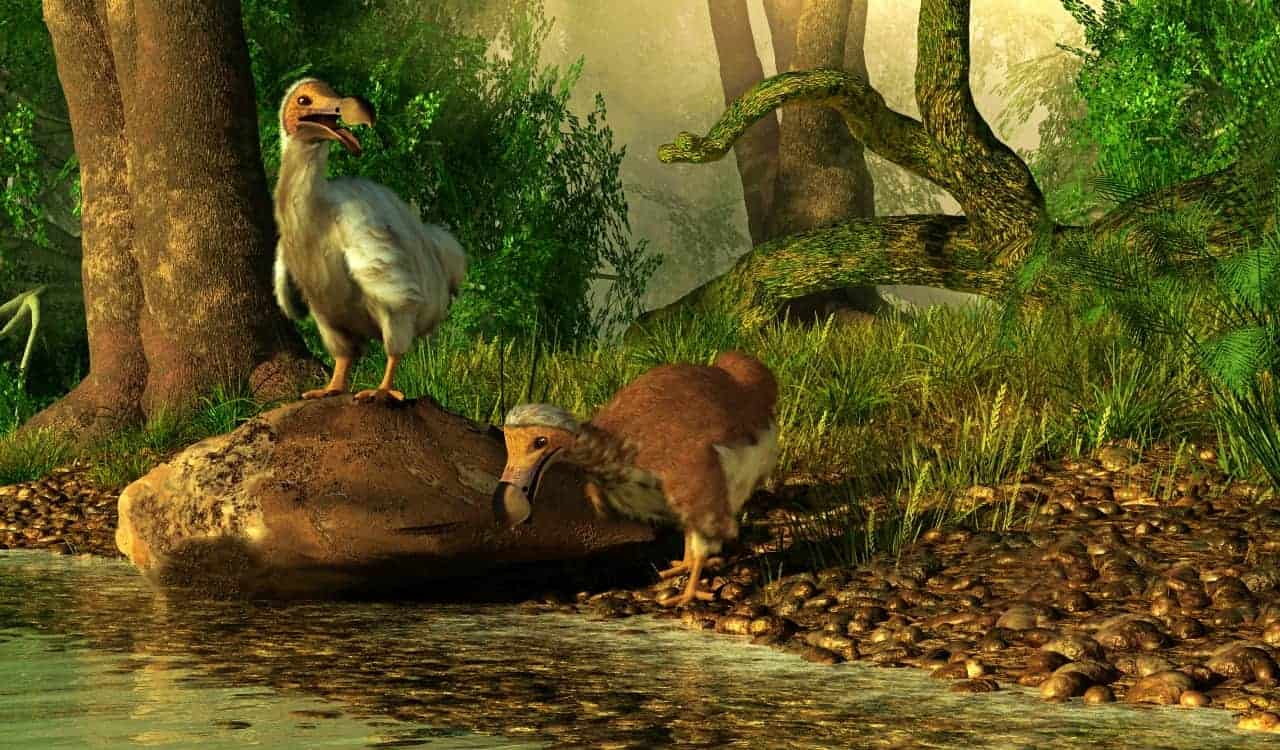
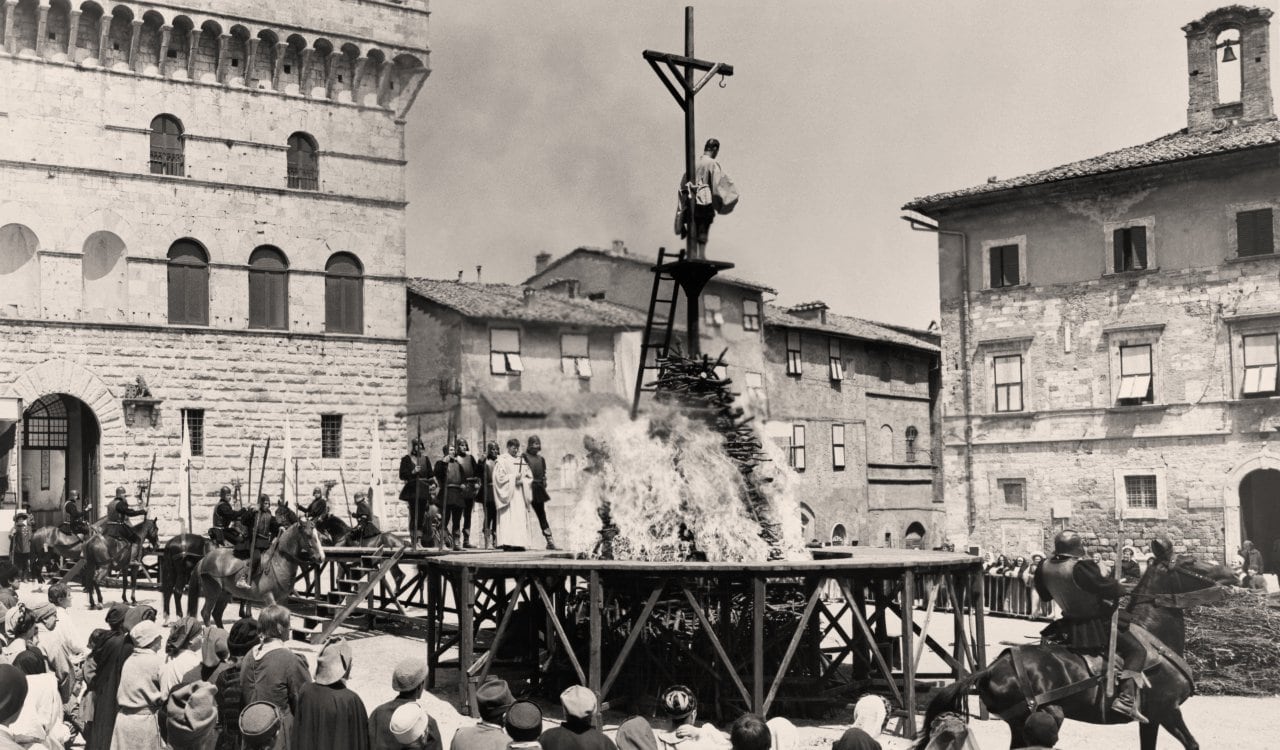
The Love Of Burning People Alive For Assumed Nonsense
The utilization of fire as a means to burn people alive stands as a haunting and deeply troubling chapter in the trajectory of human evolution. This abhorrent practice epitomizes the depths of human cruelty and represents a profound departure from our inherent capacity for compassion and empathy. The deliberate act of subjecting individuals to the agonizing torment of being consumed by flames signifies a harrowing disregard for human life and a chilling manifestation of power and dominance. The stark reality that societies and cultures sanctioned such heinous acts as a form of punishment or spectacle reveals the dark underbelly of our collective history, forcing us to confront the terrifying depths to which humanity can descend when guided by the forces of ignorance, fear, and unbridled brutality.
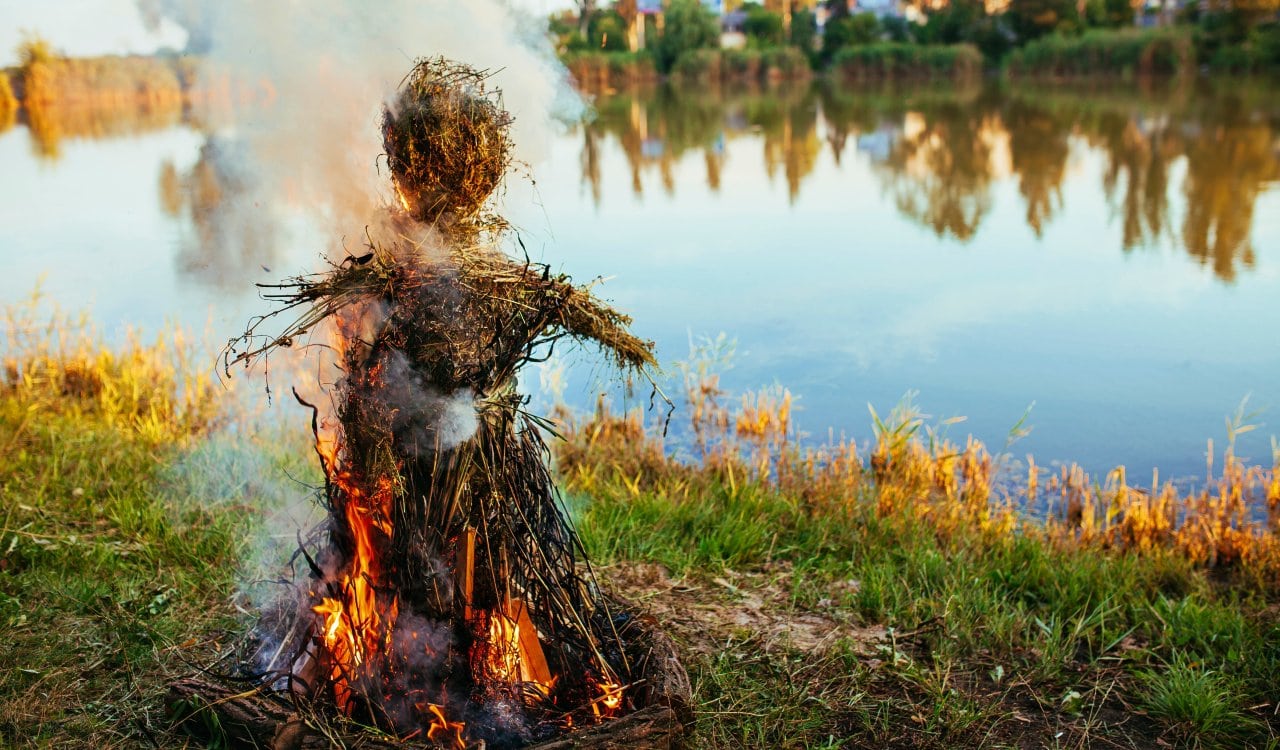
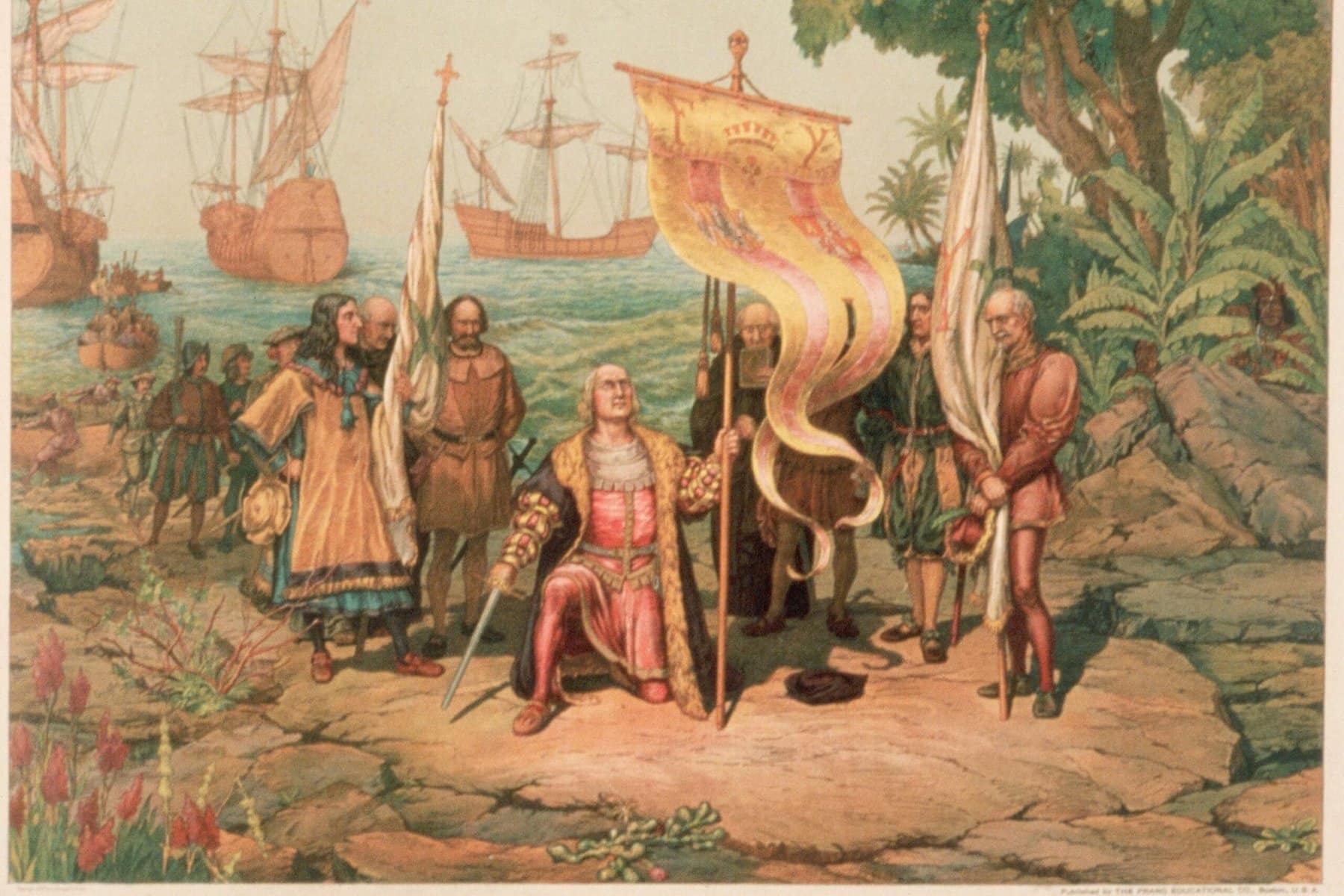
Colonialism & Imperialism
Colonialism and imperialism represent a dark and troubling aspect of human evolution, characterized by the domination, exploitation, and subjugation of indigenous populations by powerful nations. From the 15th to the 20th centuries, European powers, such as Britain, France, Spain, and Portugal, embarked on ambitious ventures to establish colonies and expand their empires. These ventures brought devastating consequences for indigenous peoples around the world. Historic examples abound, illustrating the grim realities of colonialism. The transatlantic slave trade, fueled by European powers, forcibly transported millions of African men, women, and children to the Americas, subjecting them to inhumane conditions and lifelong enslavement.

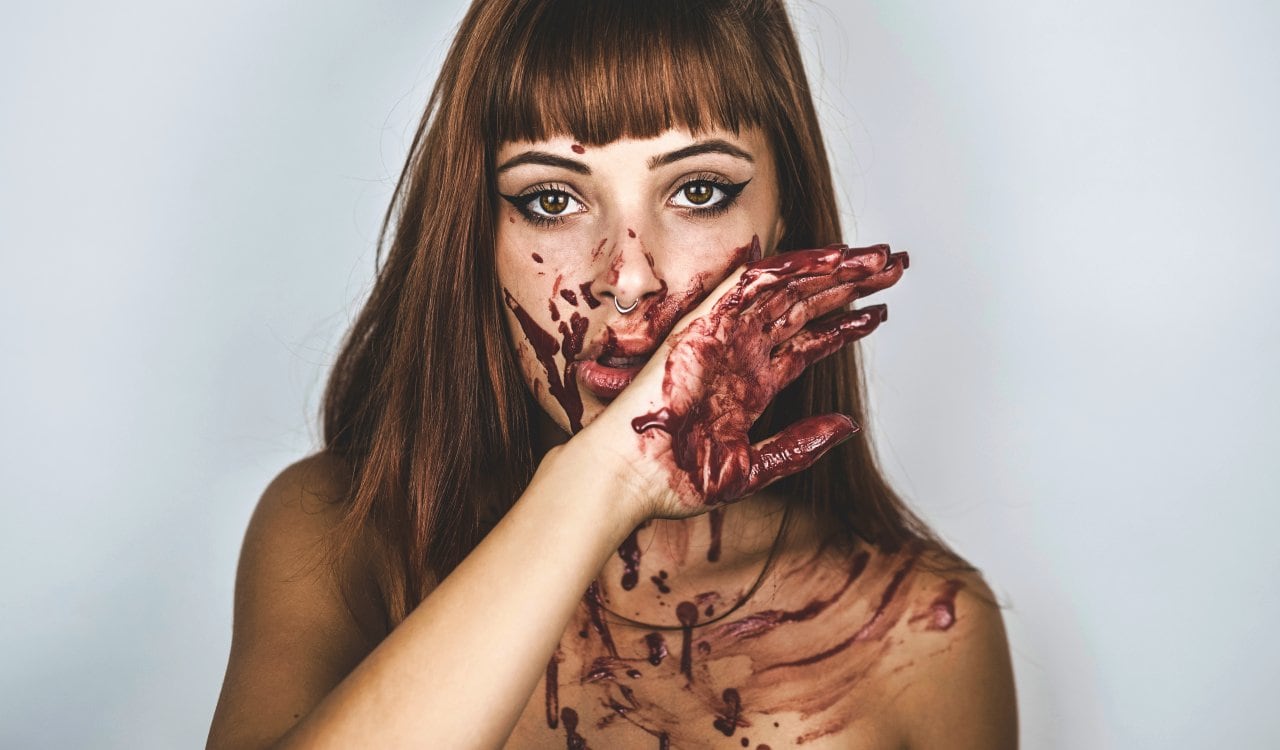
Cannibalism
We’ve probably all heard about the Donner Party, right? They were a group of American pioneers who were traveling to California from the Midwest from 1846-1847. It is said that delays occurred due to multiple issues, resulting in the party becoming snowbound in Sierra Nevada’s mountain range. Due to the lack of resources, particularly other animals to eat, people began to starve. Others ended up dying from the extreme cold or even due to some sort of sickness. That led to several bodies, already dead, that were just going to sit and rot. Thus, most of the remaining people decided to eat the bodies of these dead pioneers. While eating already deceased members was one thing, they also killed two Native American guides for food too.
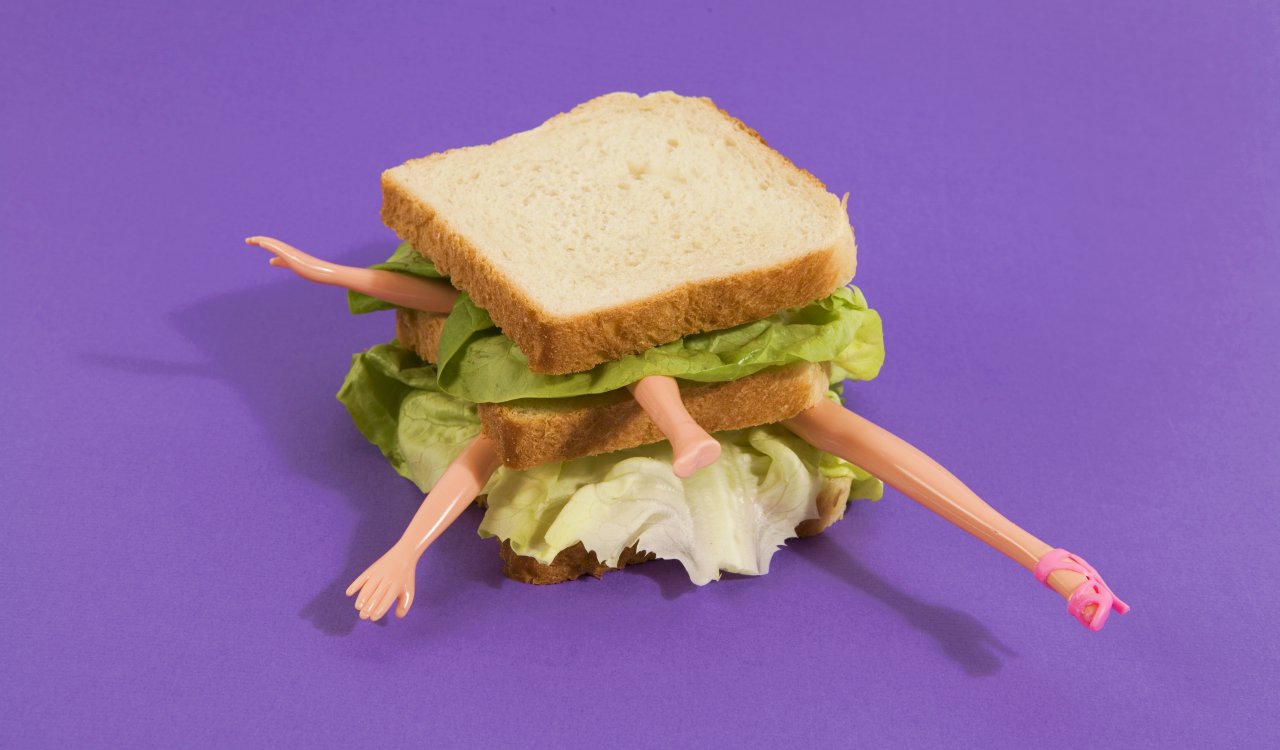

Slavery
If there is one dark side of human evolution that is possibly worse than most, it’d be this one. Slavery was and still is a crime against humanity. However, slavery has some chapters we’re not quite as familiar with. For example, someone who owed a debt to another but could not afford to pay it would pay it off through slave labor. This was a common practice in Ancient Greece and even Egypt for a long time. Of course, some were not released from this and were kept as slaves even after paying their debt. Yet this was more uncommon. Overall, we practiced slavery in some form or another for at least 11,000 years now. Women were some of the most common slaves among the rich, especially in monarchies. They might also be taken as “wives” as spoils of war for invading armies too. Other people, more often than not poorer classes, were taken as property.

Where Do We Find this Stuff? Here Are Our Sources:
United States Library of Congress
United States Department of State
International Labour Organization
United Nations
National Public Radio (NPR)
Public Broadcasting Service (PBS)
Columbia University
University of Florida
Smithsonian Institution
National Geographic
New York Times

